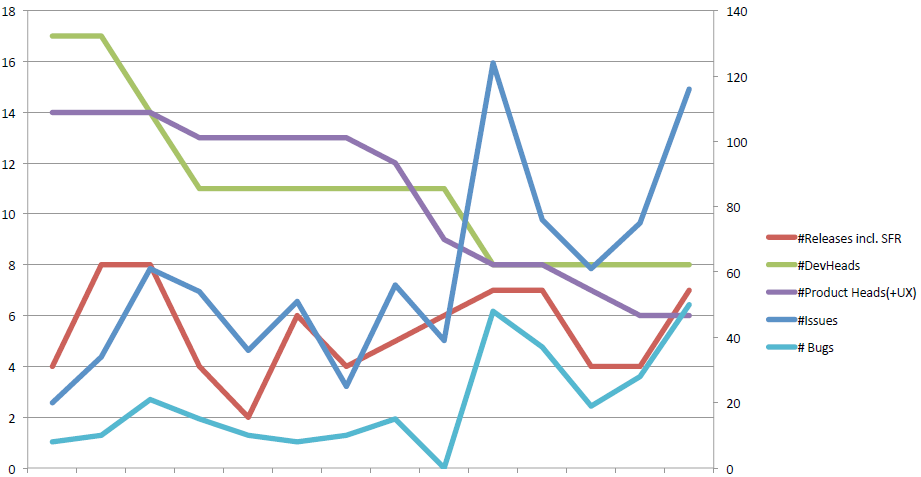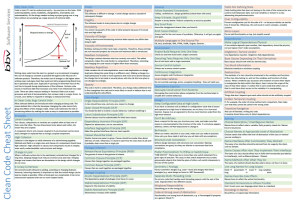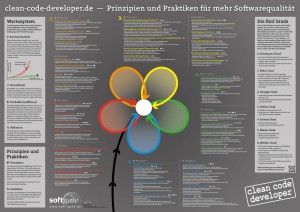In February 2013, I made an attempt to define Agile on my blog. I ended in a quite high-level definition of Agile:
“Agile is a collection of values and principles that encourage a certain type of behaviour: focus on value generation and collaboration.”
Just recently, I found an interesting blog by Rouan Wilsenach working with ThoughtWorks where he went one level deeper and explained “Four Attributes of an Agile Business”
1. Feedback – “This is what my customer wants.”
In my definition this relates to focus on value generation. Companies need to put the customer in the center of all their efforts. Rouan refers to an interesting list / toolbox on experience design. Only if organizations take this attribute serious they will finally be successful applying principles of agility.
2. A responsive team – “Yes. We can do that.”
In my definition this very much relates to values and principles supporting collaboration. Responsiveness comes only with co-location. In my experience, true collaboration over a distance can only be achieved within a trusted environment. People need to trust and respect each other to become a distributed team. If they don’t know each other of follow slightly different goals, it’s very likely to fail. So, the team spirit can be created most easily when forming inter-disciplinary teams which are located ideally in the same room. Rouan refers to Conway’s law (comparison of code structures with organizational patterns)
3. A responsive code base – “It’s ready. Shall we release it?”
For me, this again a perfect example of value generation. Have a feature ready? Why not shipping it immediately? Great entry for principles like “Zero Bug Policy” or “Continuous Deployment”.
Furthermore, a responsive code base is a clean code base. People love to work on such a code base. It’s almost bug free, easy to read, simple to understand, documented. People are proud of what they’ve developed, created.
4. Continuous direction – “What do we do next?”
Again, this point goes as value generation. Why employing a bunch of people working hard on software development, building great products if there is no direction behind, no strategy?
Clearly one of the major tasks of managers in an agile environment is to set the strategy. Product people break this strategy down into epics and stories. So, what to do next? Pick the next story from the prioritized backlog.
So, for me Rouan picked some really great criteria and attributes for an agile business. They’re in line with my previous definition (which I like) and take it to a less abstract level.





